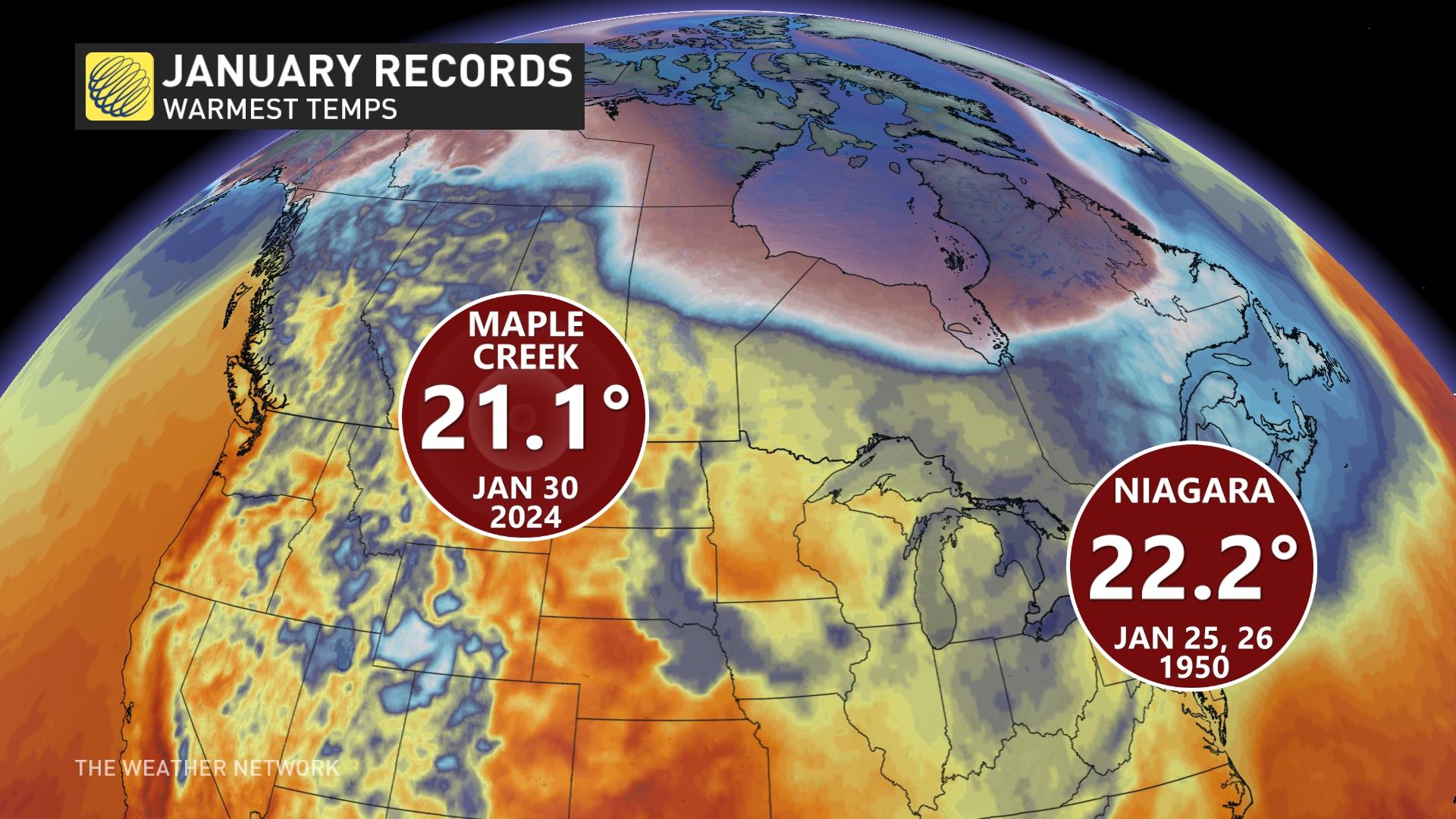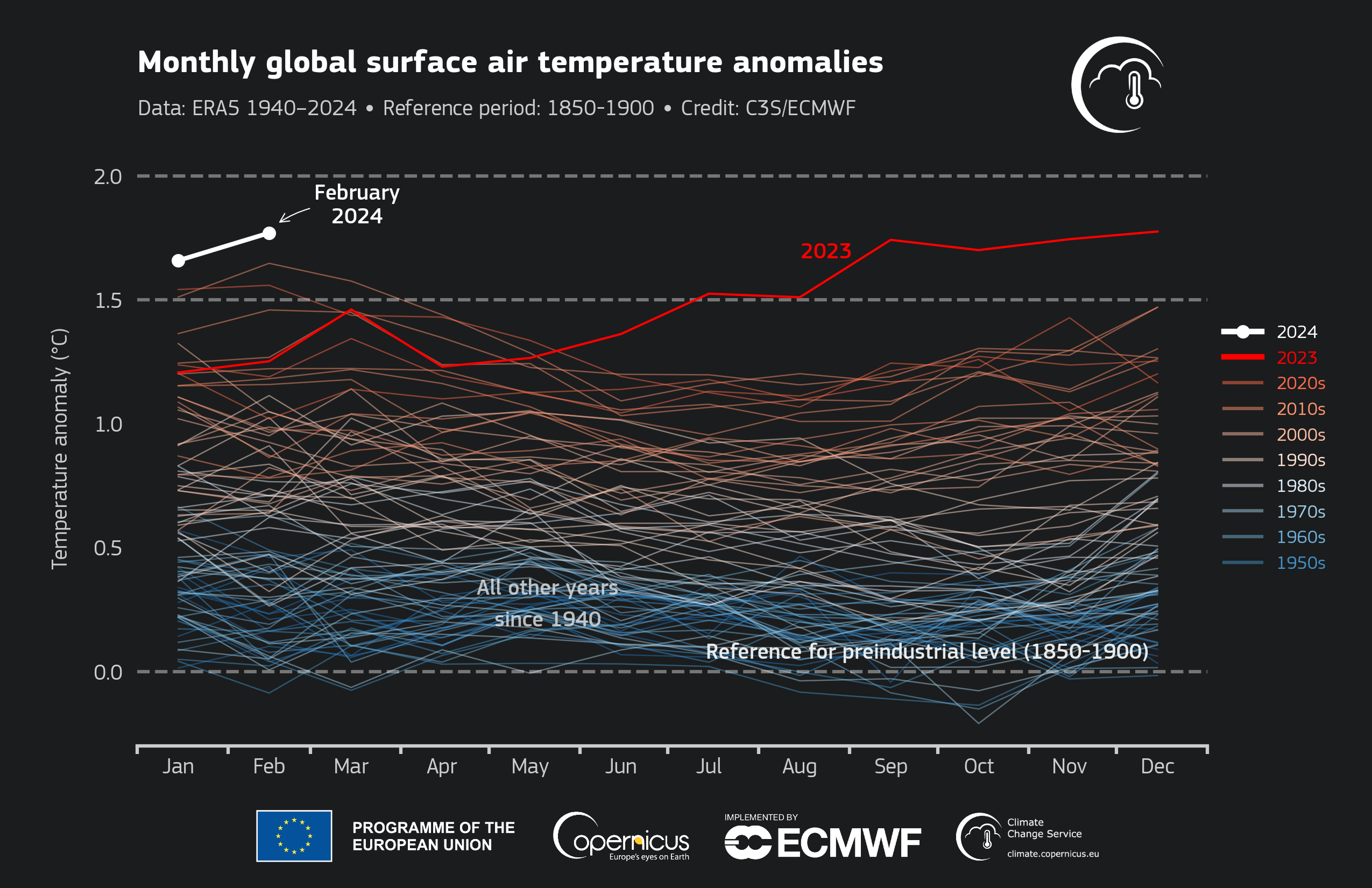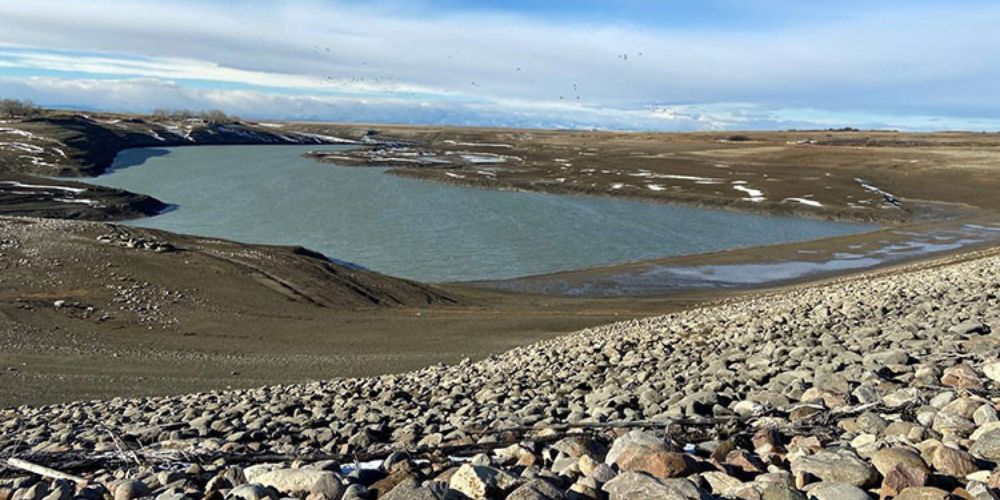Lately, daily heat records are broken almost daily across Alberta.
For example, on January 30 of this year, 25 communities scattered across all areas of Alberta smashed their local record for the highest temperature ever on that day of the year.
Onefour, a research station deep in southeast Alberta, was a sweltering 16.4 C, beating the previous best of 13.3 C set over sixty years ago in 1962.
Folks in Medicine Hat, Edmonton and Edson were busting out lawn chairs and umbrella drinks as they shattered heat records previously set more than 90 years ago.
Banff, Crowsnest Pass, Bow Island, High River and Milk River were among the many Alberta communities whose citizens were slathering on the suntan lotion on their hottest January 30 ever.
We’re talking about the middle of winter… in Alberta!

It’s A Global Thing
This increasing number of record-hot temperature days is not normal, and the local records reflect a broader trend of record-breaking heat across the globe.
The European Union’s climate agency, known as the Copernicus Climate Change Service, recently announced that Earth has annihilated heat records for the ninth month in a row.
While Albertans like records, this isn’t one to celebrate.
The month of February, the 2023/24 winter as a whole, and the world’s oceans have all hit new record high-temperature marks.
“February joins the long streak of records of the last few months. As remarkable as this might appear, it is not really surprising as the continuous warming of the climate system inevitably leads to new temperature extremes,” said Carlo Buontempo, Director of the climate change service, in a news release.
In the 2015 Paris Agreement, world leaders promised to try to keep global warming at or below 1.5 C.
Big fail.
According to the number-crunchers at Copernicus, the last eight months since July 2023 have exceeded 1.5 degrees of warming.
And 2024’s leap year, February was 1.77 C warmer than that month’s average in the late 19th century.

A Changing Climate Plus El Niño Equals Too Much Heat
The combination of El Niño and the warming climate packs a one-two punch.
During El Niño, the winds that usually move across the ocean weaken.
The weakened wind causes the ocean water to warm.
El Niño is Spanish for “Little Boy.” As far back as the 1600s, fishermen from South America noticed times when the water in the Pacific Ocean was warmer than normal. They called it El Niño de Navidad, which means “The Christmas Boy,” because the warming often peaked around December.
Why should Albertans care about ocean temperatures?
Because of the warmer water, the path of the winds high up in the sky over the Pacific Ocean shifts south, causing the northern parts of the US and Canada to be drier and warmer than usual.
Here in Alberta, we have seen drought and record temperatures.
But our prolonged drought and heat have been strong over the last three years, which is longer than the average time span of El Niño, which usually lasts 9 to 12 months.
Most experts agree that our recent high global temperatures are a result of the one-two punch of a warming climate meeting El Niño
“Given the strong El Niño since mid-2023, it’s not surprising to see above-normal global temperatures, as El Niño pumps heat from the ocean into the atmosphere, driving up air temperatures. But the amount by which records have been smashed is alarming,” Jennifer Francis, a Woodwell Climate Research Center climate scientist, said in a PBS news story.

Beyond El Niño
Climate scientists explain that the main reason for the record-breaking heat is the increase in carbon dioxide and methane in the atmosphere, which comes from burning coal, oil, and natural gas.
So even as the current El Niño is predicted to lessen by April – June, our warming trend may continue due to the changing climate.
Unless we take individual and collective action to reduce carbon pollution in the atmosphere we will likely face more recording-breaking drought, heat, wildfires and weather disasters.
Fortunately, there is hope.
Many innovative individuals, companies and municipalities in Alberta are working on reducing atmospheric carbon pollution.
We’ll cover these inspiring stories at The Rockies.Life
So put on your sunglasses and shorts and stay tuned.






